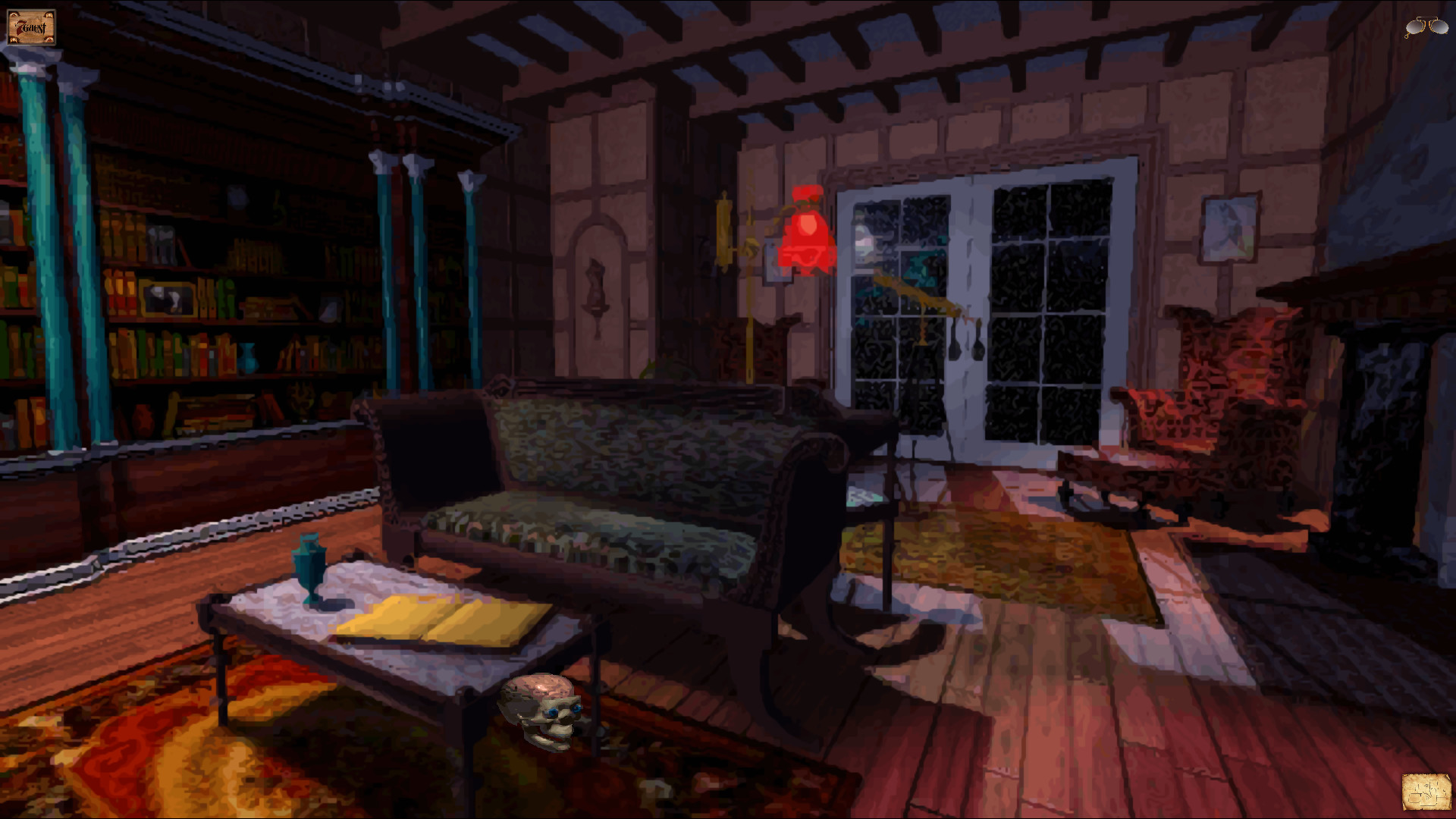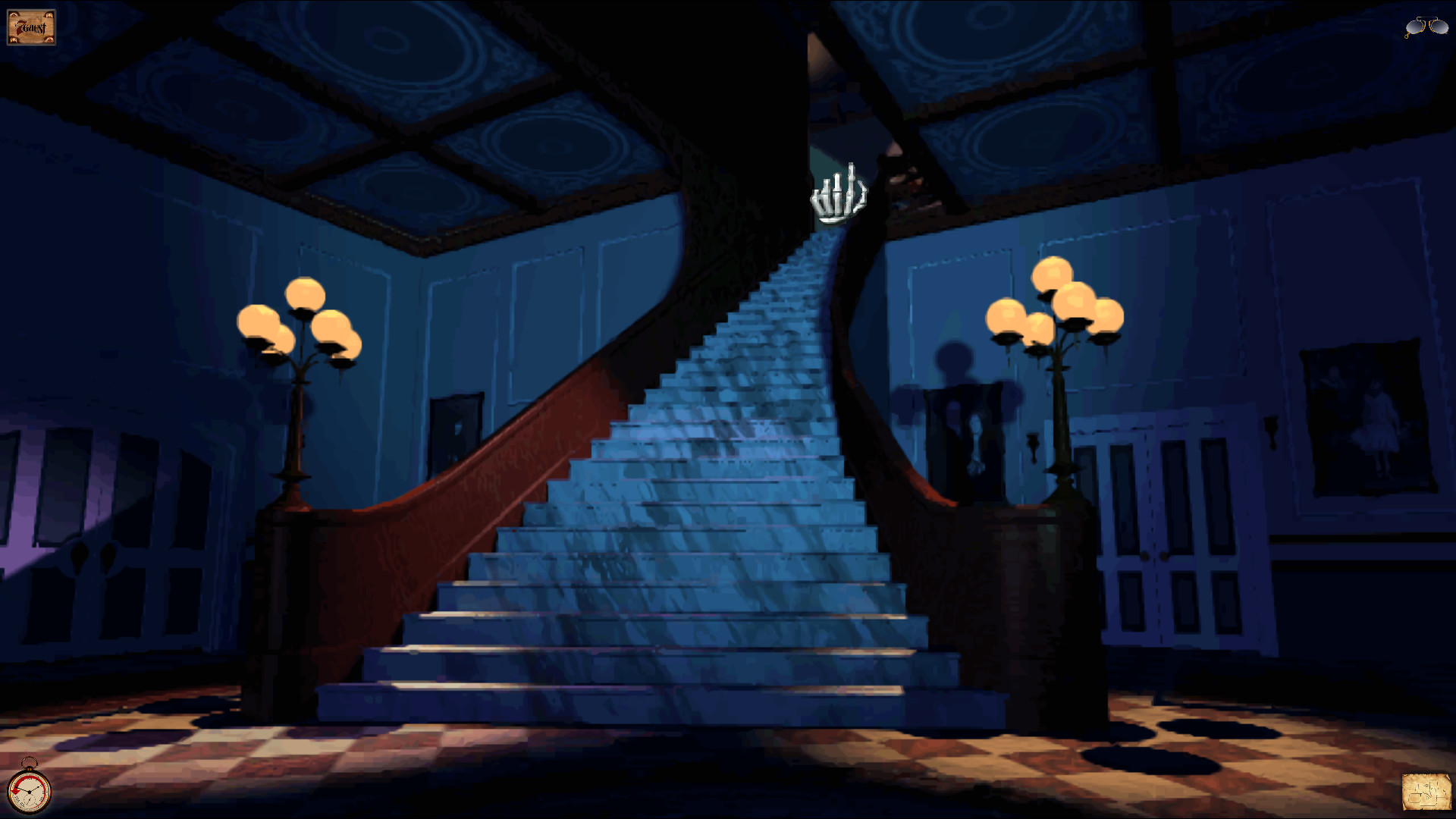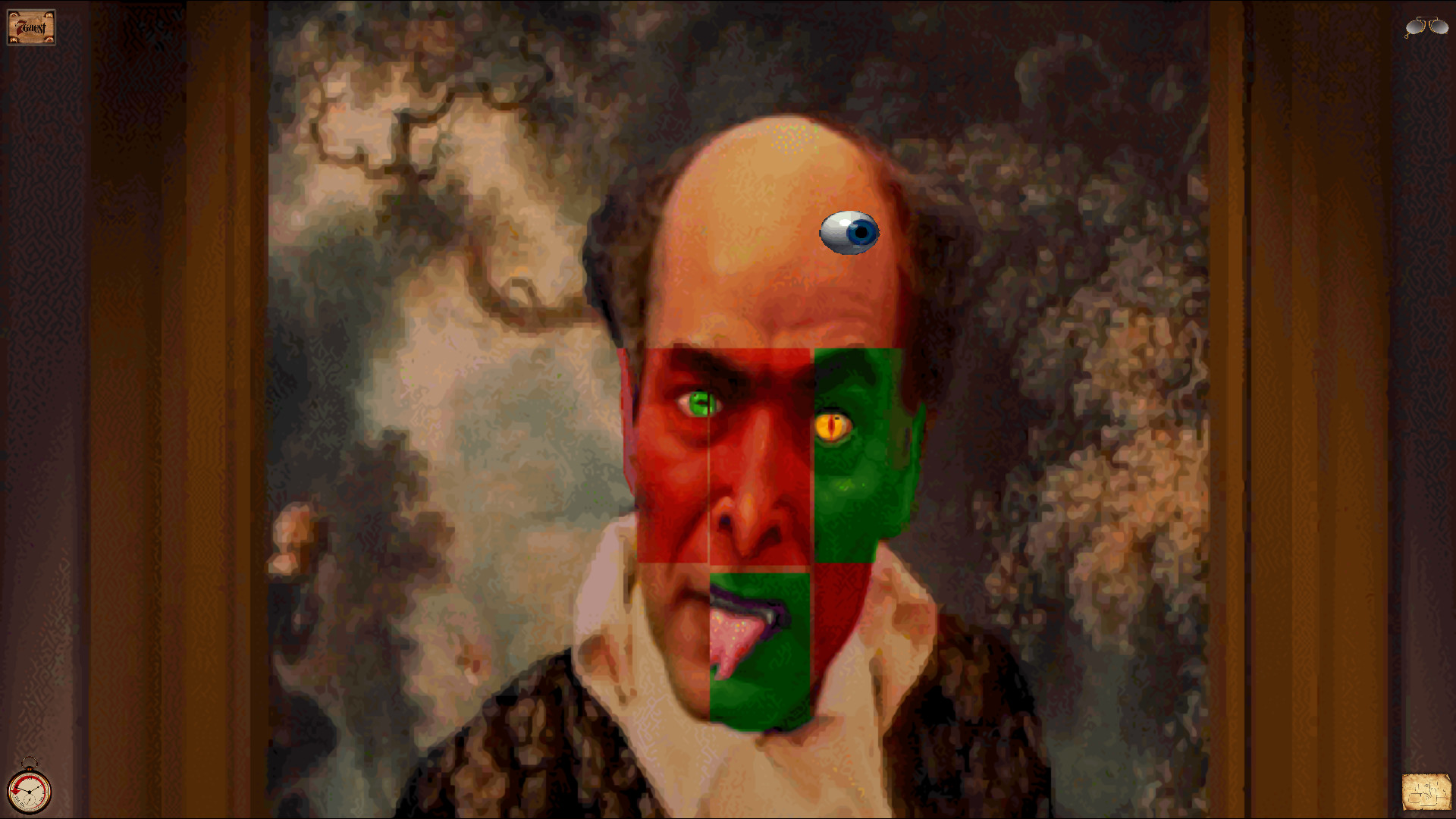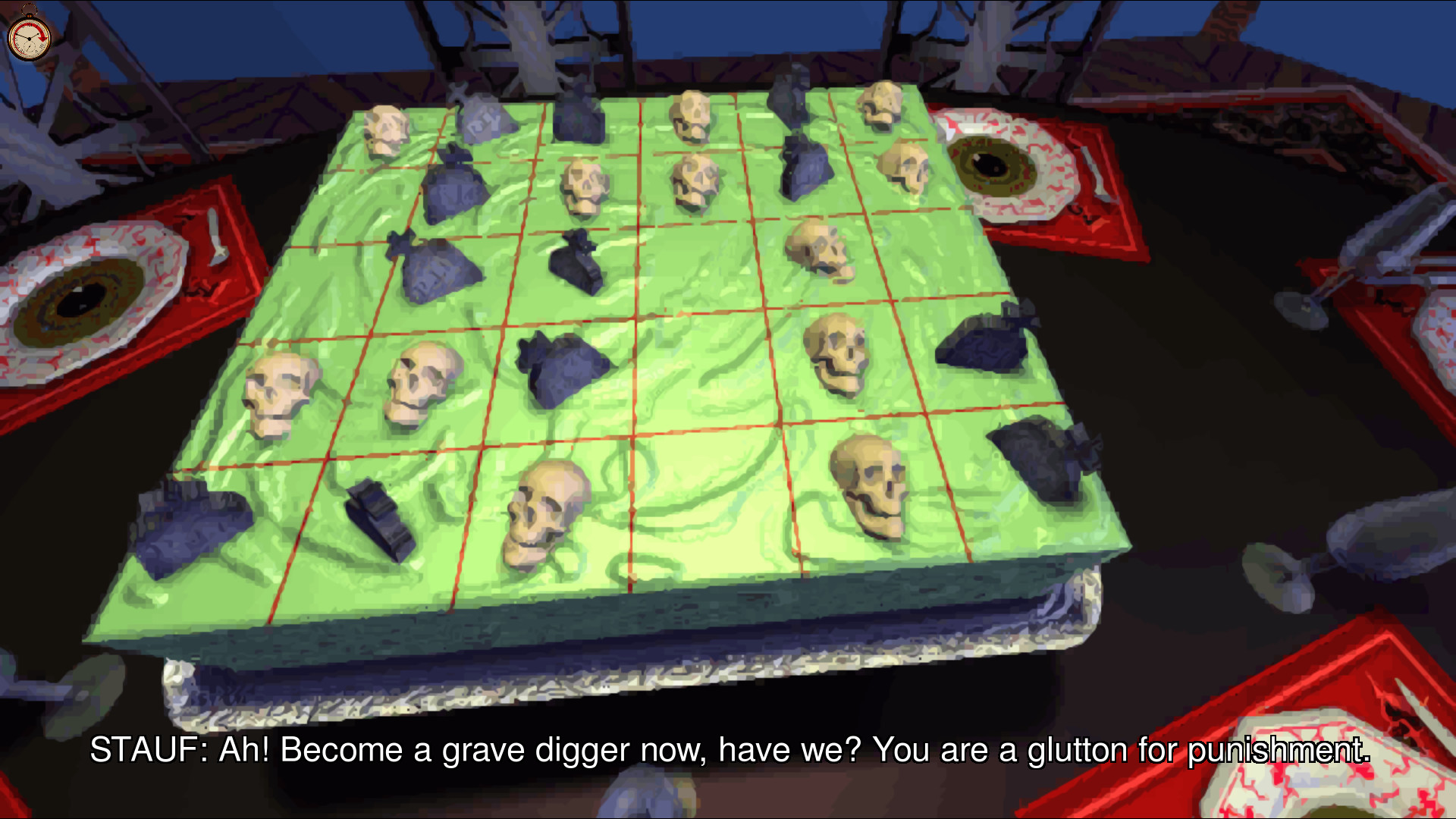The making of The 7th Guest: "A lot of people thought what we were doing was impossible"
Tales from the Retro Crypt – Chapter Two

It's been nearly twenty years since the doors of the haunted Stauf mansion were first opened, unveiling their dark secrets, fiendish puzzles, and ghostly inhabitants. Retro Gamer crosses the threshold once more in search of the real story.
From the beautifully animated 3D mansion to the groundbreaking videos of ghostly apparitions, Trilobyte's puzzler introduced players to what could be achieved with ingenuity, imagination, and a new thing called a CD-ROM.
"Rob [Landeros] and I were really into the old TV show Twin Peaks," says co-creator Graeme Devine, "and the company we worked for, Virgin Games, had the rights to the board game Clue. So our initial thinking was that we would make a version of Clue with a Twin Peaks feeling to it. We also loved the old movies House On Haunted Hill and The Haunting, so slowly the idea morphed into a haunted house."
The house became the home of Henry Stauf, an evil toymaker whose creations claim the lives of several children through a strange virus. As the game begins, the player enters the mansion to find it populated with bizarre puzzles to solve, and ghosts roaming the halls playing out a tragic story.
"Initially his name was Henry Steeple," Graeme admits, "Matthew Costello came up with Henry Stauf because he thought it was good to have his last name be an acronym of Faust. I think we just wanted to find the creepy angle. Toy maker? Creepy…"
The mansion

The bulk of the puzzle design was on the shoulders of co-creator Rob Landeros, a long-time fan of pen and paper brain teasers. "I think my main inspiration was a little game called The Fool's Errand," Rob states. "It was a series of puzzles of various types with a tarot card-related story and theme. Every time you solved a puzzle, you would get a piece of a map that would lead you to the final goal – that's how we structured The 7th Guest. Most of the house is inaccessible to start with, but each time you solve a puzzle or solve a riddle, another part of the house is opened to you."
Players had to contend with an impressive array of logic puzzles involving wordplay, mazes, slicing up cakes, classic board games like reversi and chess, and deciphering patterns. But the real star of the show was the lusciously animated mansion itself. From the stained glass window in the entrance hall, to the iconic staircase that dominated the lower floor, every location was an impressive artistic feat and a world away from the typically blocky graphics of the time.
Weekly digests, tales from the communities you love, and more
"Our original idea was to find a mansion, take a camera in there, set it up on a tripod in the middle of the room, then scan 360 degrees and use that," explains Rob. "So we found the largest house in Oregon... but there were no mansions there that had 100ft art galleries. They were very claustrophobic and it didn't work. Then one of our artists, Robert Stein, played with 3D Studio and put together a room, animated it, and had furniture floating around eerily. It was kind of a revelation at that point and we said 'Yeah, we're gonna do it that way'."
Blue screen

The introduction of the ghostly video scenes that the player encounters was also something truly revolutionary. "There had been the Sherlock Holmes games which had tiny 160x100 videos," Graeme remembers, "but no one had tried full screen and certainly not in SVGA. A lot of people thought what we were doing was impossible and that our demos were smoke and mirrors."
Assembling a cast from Oregon's thriving acting community, the team set about capturing the spectres that would inhabit the house and reveal the terrible story of Stauf. "We filmed for two days on SVHS," says Graeme, "against a blue screen that wasn't really blue and that we broke (one of the actors fell through it), then repaired with blue painting tape. All in all, that's not the best way to film ghosts. We left the halo around the actors in place because we couldn't clean it, and made it into a 'ghostly aura'."
A game of The 7th Guest's size and ambition required huge amounts of storage and advanced multimedia capabilities, something made possible by the arrival of the CD-ROM. "It was timing," states Rob. "That tool was there and we were one of the first to use it. Only a handful of people had CD-ROM drives in their computers when we first started looking into them. People were still thinking of doing things the old fashioned way, pixel by pixel, and building up graphics. The debate was how do you fill up a CD-ROM? And even if you did, how can you screen video? Those were the questions... and we solved them."

"It was a game you could sit down with as a family and play."
Graeme Devine
The game was released on the Mac and PC in 1993 and sold over two million copies. The game also spawned a sequel The 11th Hour, and was ported to iOS in 2010. "We were expecting some success," admits Graeme, "but we didn't expect people to rush out and buy CD-ROM drives just so they could play a game. We were blown away by the reaction. Moving real 3D that looked nice. The puzzles were fun and the story, while a bit goofy, held your attention.
"More than that, it was a game you could sit down with as a family and play. It wasn't Doom. There were a lot of people who wrote to us saying they took turns with the mouse to play the game, and while a lot of the game was spooky, it was Scooby Doo spooky, which you can sit through with a family. That said, people did seem to get really scared playing the game alone in the dark.'
This feature first ran in Retro Gamer 108. You can subscribe to Retro Gamer Magazine here and get more features just like this one delivered straight to your doorstep.


